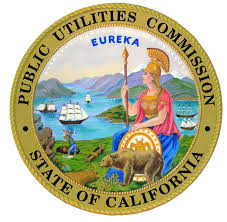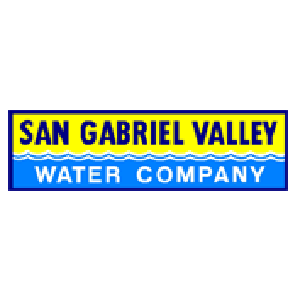In mid-December, the California Water Association (CWA) submitted a comment letter on the draft Safe Drinking Water Plan for California (the Plan), which was released by the State Water Resources Control Board (SWRCB) in October 2014.
Representing the interests of approximately 115 investor-owned water utilities (IOUs) serving almost 6 million Californians with safe, reliable and high-quality drinking water, CWA’s comments primarily focused on: 1) the Plan’s description of the California Public Utilities Commission’s (CPUC) regulatory responsibility; 2) the Plan’s recommendations for addressing the challenges facing small water systems; 3) The risk of accidental releases from hazardous material storage tanks and pipelines; 4) The cost of compliance with the new maximum contaminant level for hexavalent chromium; 5) The Plan’s recommendation that responsible parties be required to cover groundwater contamination mitigation costs; and 6) The Plan’s recommendations for legislation to provide funding for small water systems’ treatment costs, to extend metering requirements, and to require annexation of small public water systems.
Most significantly, the letter included the following comments and recommendations:
- CWA proposed additions and revisions to clarify some of the language and to accurately describe the role and extent of the CPUC in the Plan, particularly in relationship to IOUs. CWA suggested adding the CPUC to the summary list of state agencies with a role in regulating public water systems in addition to adding the sentence: “The California Public Utilities Commission shares regulatory responsibility for ensuring the quality of water supplied by investor-owned water utilities subject to its jurisdiction.”
- Noting that the Plan fails to recognize the potential roles of IOUs in addressing the issues facing small water systems and that larger, financially strong IOUs can be a source of support and expertise to help address the small systems’ problems, CWA proposed a new recommendation to clarify the issue.
- CWA also addressed the Plan’s reliance on creating new Community Services Districts (CSDs) or County Service Areas (CSAs) for areas lacking safe drinking water, which CWA contended may overestimate the efficacy of such agencies in securing safe drinking water supplies. CWA noted that forming a new CSD or CSA is not a panacea for a lack of technical and financial resources and suggested the CPUC’s role in defining the service areas of water utilities under its jurisdiction may help resolve this issue.
- CWA agreed with the recommendation encouraging large water systems to assist neighboring water systems in sampling and analysis, but provided clarifying language to ensure such assistance would be consistent with CPUC cost-recovery procedures for IOUs.
- CWA would support a recommendation for legislation identifying stable, long-term funding sources to help small water systems cover the cost of operating treatment facilities, particularly those serving disadvantaged communities, provided the funding obligation is placed on those persons or products causing the need for treatment. In the comment letter, CWA maintained a water use fee should not be imposed on unrelated water systems and urged the SWRCB not to recommend a broadly applied water use fee as a funding mechanism for the needs of particular water systems.
- The Plan recommends legislation to require small public water systems within the sphere of influence of larger systems be annexed to the larger systems. CWA opposes this blanket mandate and listed several intractable problems with the recommendation in the comment letter. Chief among the noted issues for IOUs is that such legislation would mandate the taking of private property and would require compensation under principles of eminent domain law. CWA also outlined the complex financial issues associated with annexing smaller systems. Accordingly, CWA suggested removing the mandate from the recommendation and converting it to one of strong encouragement.
“We will continue to closely monitor the progress of the Plan and provide input as needed,” said CWA Executive Director Jack Hawks. Additional information and updates on the Plan are available on SWRCB’s website.





